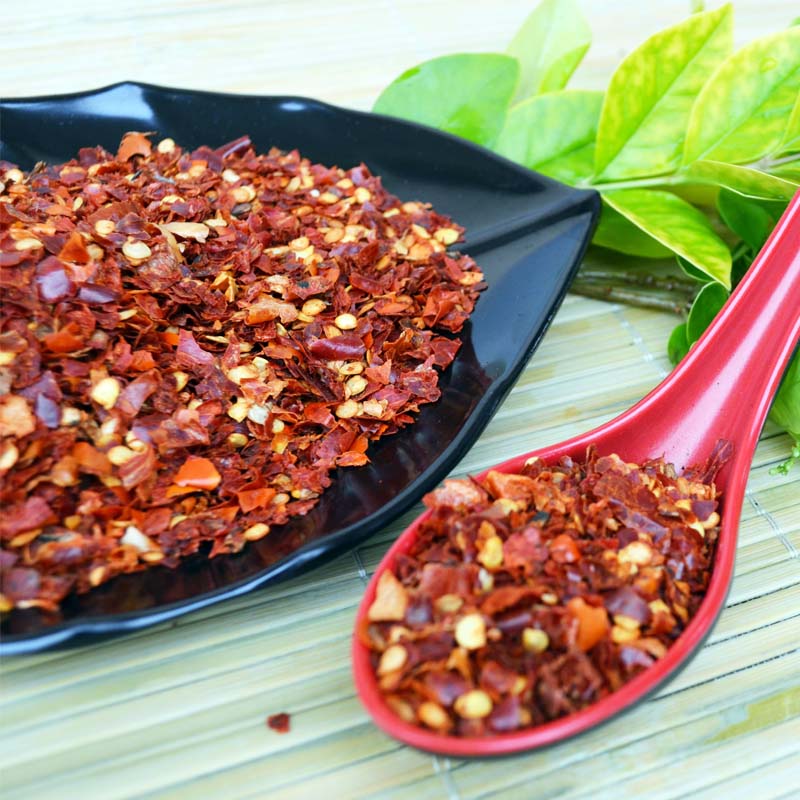- No. 268 Xianghe Street, Economic Development Zone of Xingtai city, Hebei 054001 China
- Byron@hbhongri.cn
paprika red pepper
The Vibrant World of Paprika A Celebration of Red Pepper
Paprika, a spice derived from ground, dried red peppers, has a rich history and is beloved in various cuisines around the world. Its vibrant color not only enhances the visual appeal of dishes but also adds a unique flavor profile that can range from sweet and smoky to hot and pungent. This article explores the origins, varieties, culinary uses, and health benefits of paprika, illuminating why this spice is a favorite among chefs and home cooks alike.
Origins and Varieties
The journey of paprika begins in Central America, where red peppers were first cultivated. The Spanish recognized the potential of these peppers and introduced them to Europe in the 16th century. Over time, paprika became a cornerstone of Hungarian cuisine, leading to the establishment of paprikash—an iconic meat dish steeped in a rich sauce made predominantly from paprika. Today, Hungary and Spain are most renowned for their paprika production, each offering distinct varieties.
Hungarian paprika, renowned for its sweet flavor, is available in several grades ranging from mild to spicy. It is often categorized into types such as delicate sweet, semi-sweet, and hot, each adding a different nuance to dishes. In contrast, Spanish paprika, or pimentón, is known for its smoky flavor, achieved through a unique drying process involving smoke from oak wood. The Spanish version is divided into sweet (dulce), bittersweet (agridulce), and hot (picante) varieties, making it a versatile ingredient for numerous recipes.
Culinary Uses
Paprika's versatility makes it a staple in kitchens around the world. In Hungarian cuisine, it is the star ingredient in dishes like goulash, imparting deep color and flavor. In Spanish dishes, it enhances the taste of paella, chorizo, and various tapas, contributing a subtle smokiness that elevates the overall experience.
paprika red pepper

Beyond these traditional uses, paprika can also be employed in sauces, marinades, and dressings. It serves as a fantastic seasoning for roasted vegetables, meats, and fish, adding depth to grilled or sautéed dishes. In addition, paprika can transform simple dishes like deviled eggs or potato salad into eye-catching culinary creations, thanks to its bright red hue.
Health Benefits
Beyond its culinary applications, paprika also offers numerous health benefits. Packed with antioxidants such as carotenoids and vitamin C, these compounds help combat oxidative stress in the body. The antioxidant properties of paprika can support immune health and promote skin vitality, making it not only a flavor enhancer but also a contributor to overall well-being.
Moreover, paprika contains capsaicin, the compound responsible for the heat in hot peppers. Capsaicin is believed to have anti-inflammatory properties and may aid in pain relief. Additionally, some studies suggest that dietary capsaicin can boost metabolism and support weight loss efforts, making paprika an excellent spice choice for those looking to enhance their health.
Conclusion
Paprika is more than just a spice; it is a vibrant testament to the culinary traditions and flavors of different cultures. With its origins in the Americas and its prevalence in European cuisine, paprika showcases the fusion of tastes and techniques that have developed over centuries. Whether you prefer the sweet, mild variety or the smoky, robust tones, paprika can elevate any dish, transforming it into a sensory delight. As you sprinkle this colorful spice into your culinary creations, remember that you are not just enhancing flavor but also embracing a rich history and a plethora of health benefits inherent in this beloved ingredient.
-
Turmeric Rhizome Powder: A Golden Treasure from Roots to TableNewsJul.28,2025
-
The Versatile Application Of Crushed Red Hot Peppers: Lighting Up The Red Flames On The Dining TableNewsJul.28,2025
-
The Paprika: A Touch Of Vibrant Red In Color, Flavor, And CultureNewsJul.28,2025
-
Ground Turmeric: A Modern Examination of an Ancient SpiceNewsJul.28,2025
-
Capsicum Liquid Extract: Features, Applications, and ChallengesNewsJul.28,2025
-
Application of Capsicum Liquid Extract in FoodNewsJul.28,2025







